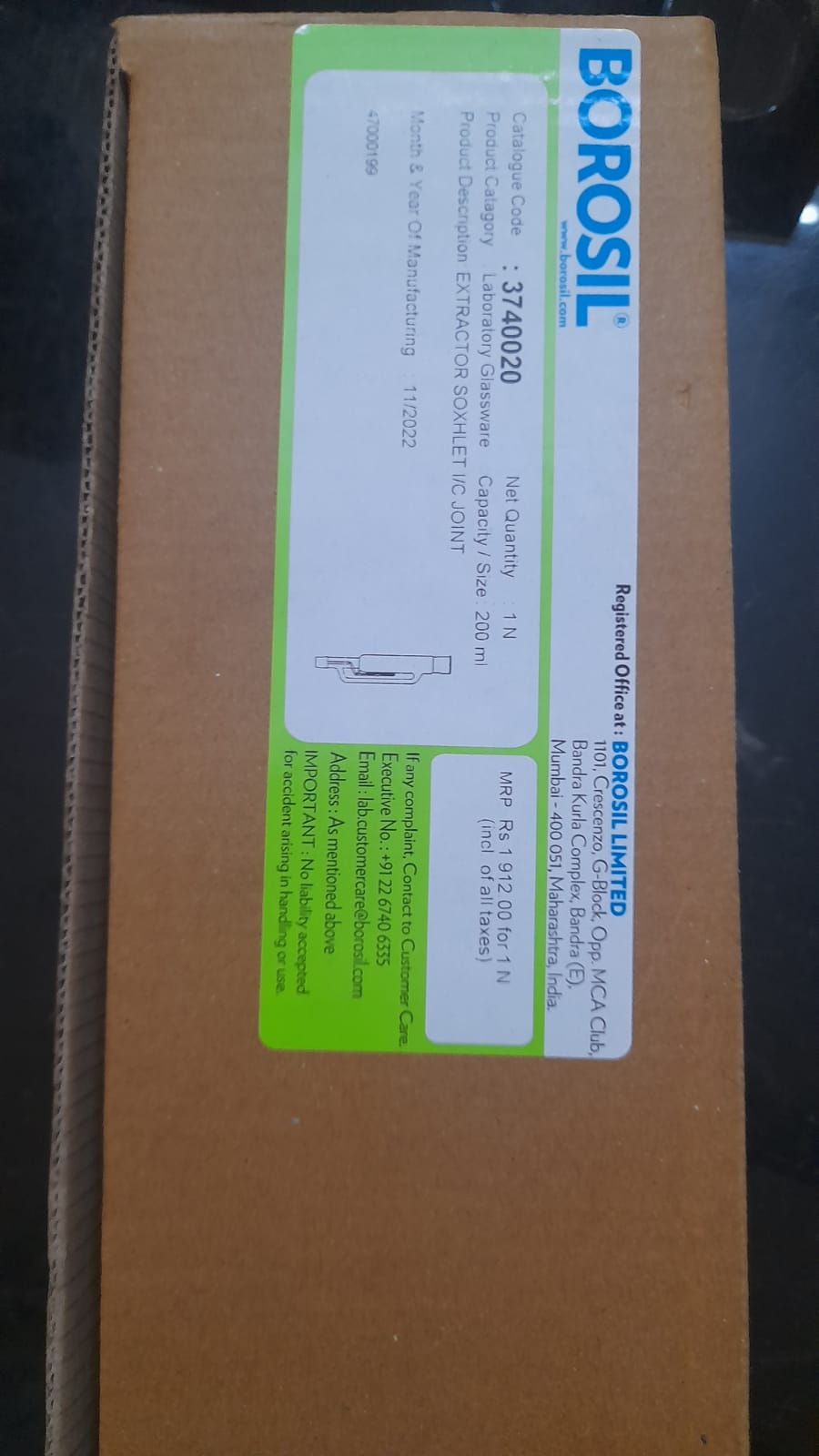
2024-09-12T04:40:44
A Soxhlet extractor is a piece of laboratory apparatus[1] invented in 1879 by Franz von Soxhlet.[2] It was originally designed for the extraction of a lipid from a solid material. Typically, Soxhlet extraction is used when the desired compound has a limited solubility in a solvent, and the impurity is insoluble in that solvent. It allows for unmonitored and unmanaged operation while efficiently recycling a small amount of solvent to dissolve a larger amount of material. Description A Soxhlet extractor has three main sections: a percolator (boiler and reflux) which circulates the solvent, a thimble (usually made of thick filter paper) which retains the solid to be extracted, and a siphon mechanism, which periodically empties the condensed solvent from the thimble back into the percolator.

Have a question? Ask here!
Required fields are marked *